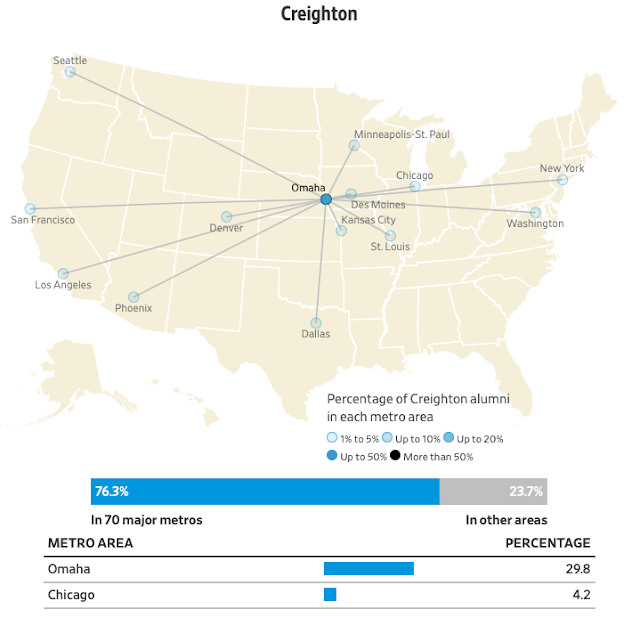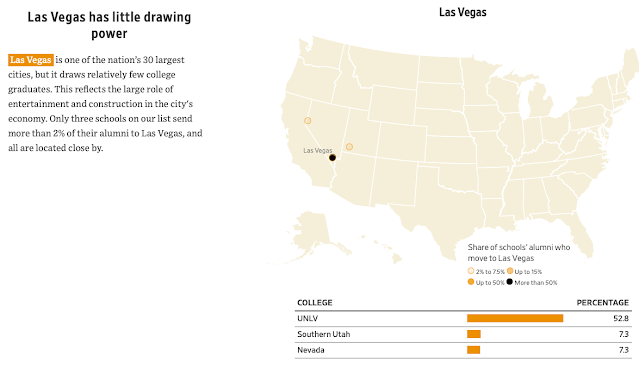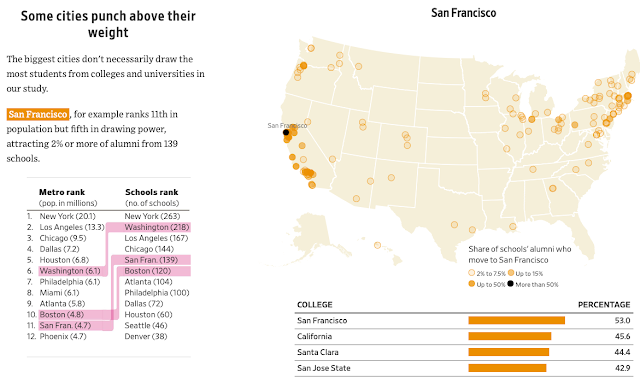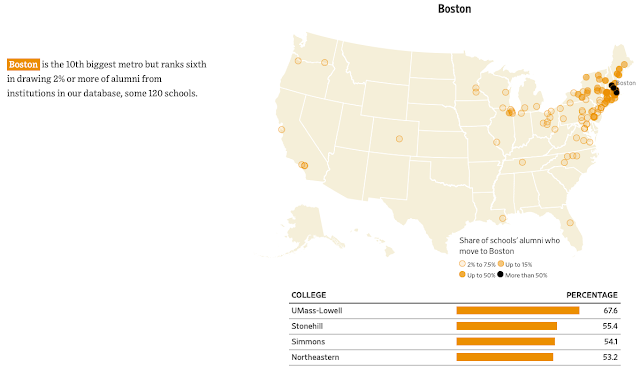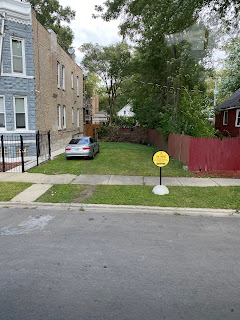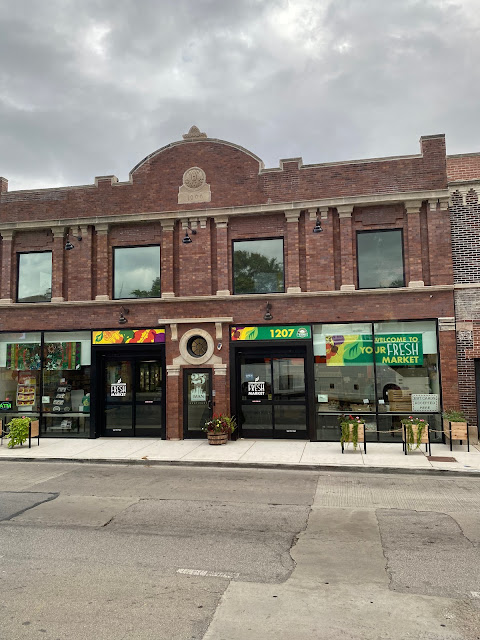State of Racial Justice Reports
Friday, July 1, 2022
Institute for Research on Race and Public Policy at the University of Illinois at Chicago
Thursday, June 30, 2022
Folded Map Project
Tonika Johnson is an artist who created a project showing that people who live at the same address on Chicago's grid system can have vastly different opportunities - even though they might have a lot in common personally. Her work highlights the way that racism has created segregation and that has affected the way people interact, their opportunities in terms of education, jobs, consumerism, their accumulation of wealth, their perception of government and government services and more. Additionally, Ms. Johnson is an artist and her work highlights the ways that art can bring people together and bridge gaps.
Here is her project's webpage.
Especially interesting to sociologists is her page about the institutional resources that are folded into Chicago's grid here.
Wednesday, June 29, 2022
Location and College Graduation
Where college graduates move after finishing their degree is an example of the social class dynamic between education, location and income. The data from this Wall Street Journal interactive article explains some of the dynamics about where graduates move.
First let's look at LUC. As expected a large majority of students remain in Chicago after graduation, but then look at the secondary cities they settle in:






